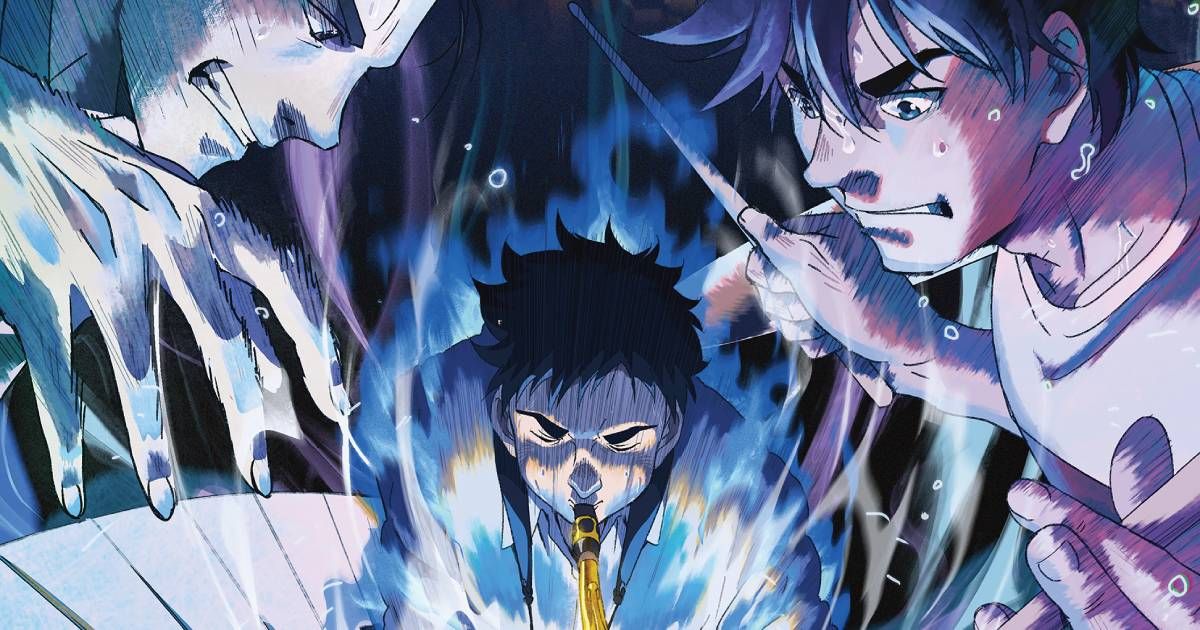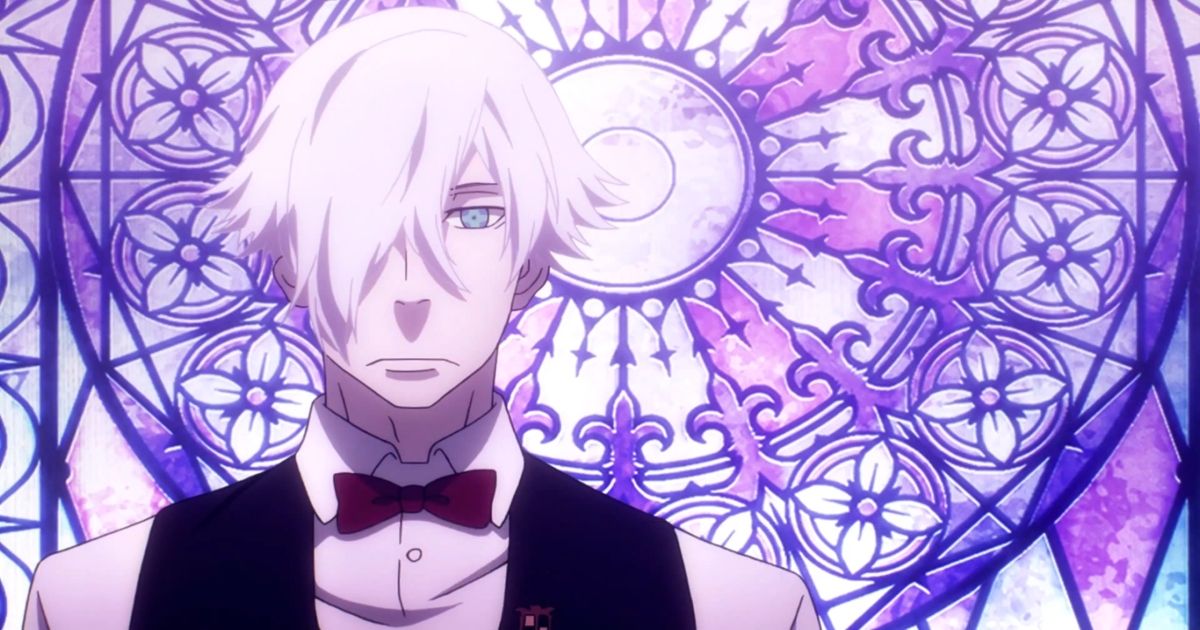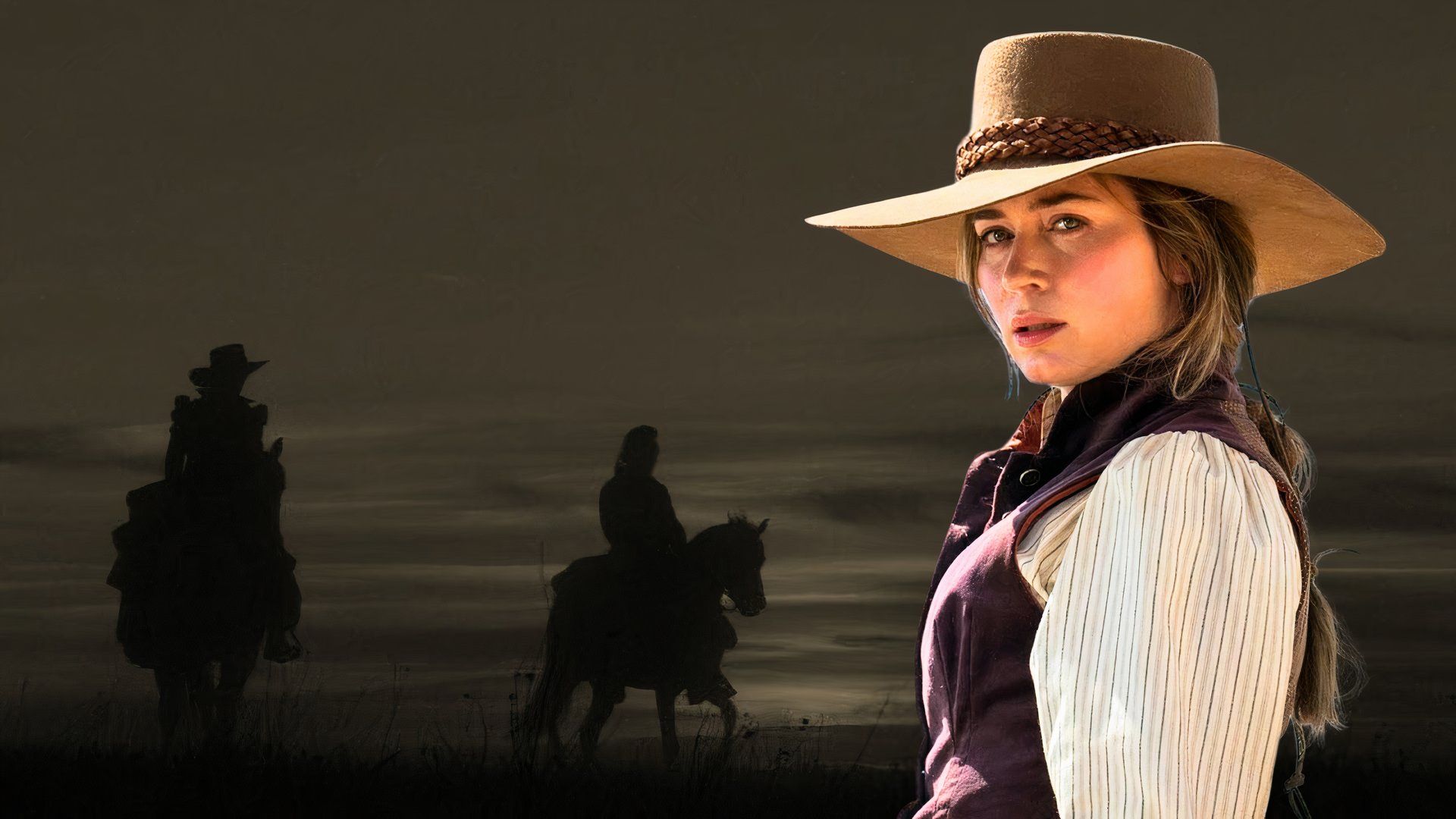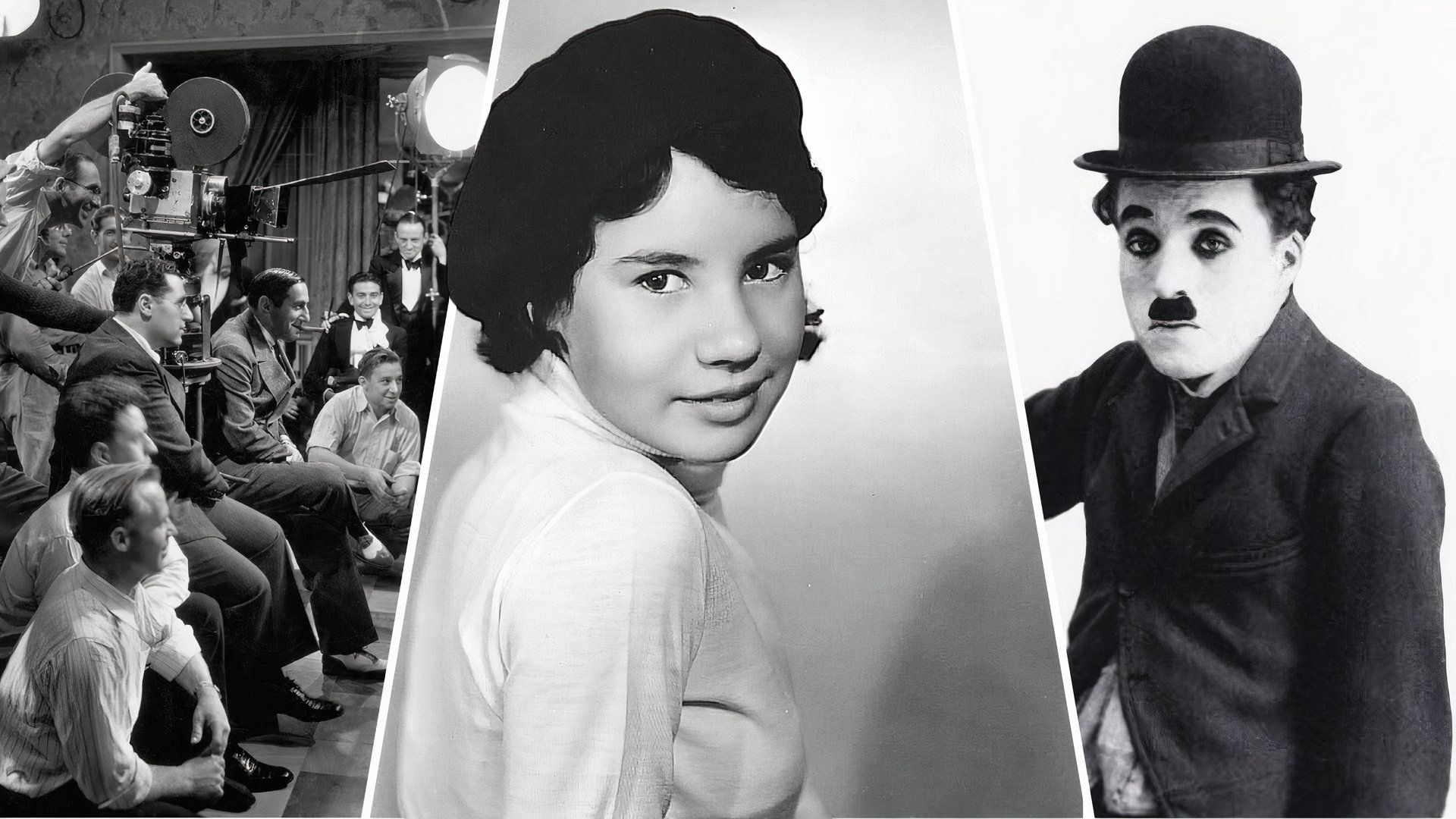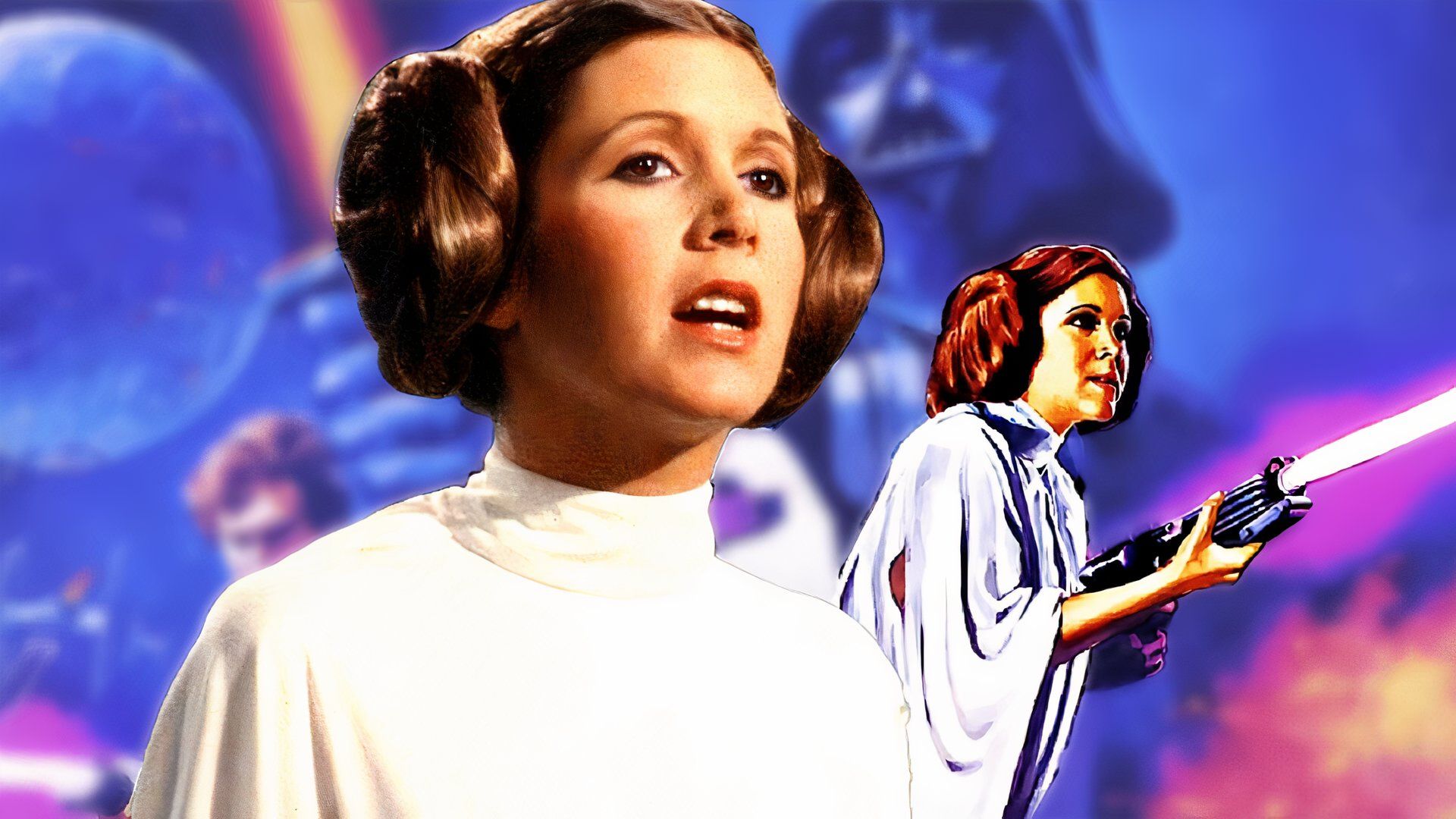It’s been said that music can touch our souls, a power so great that it can awaken an artistic side in us that perhaps we didn’t even know was there. This happens to Dai, the main character in Yuzuru Tachikawa’s new anime film Blue Giant, which hits select theaters Oct. 8 and 9. Dai is a young basketball player who finds a new passion in jazz after a friend brings him to a local club. From there, Dai decides to pack up and move to Tokyo with hopes of joining a band as a saxophonist. With no formal education in music, Dai is perhaps in over his head at first, but after meeting some supportive fellow musicians who give Dai a shot, Blue Giant becomes a success story that will inspire young aspiring musicians everywhere.
And for those unfamiliar with the term, “blue giant” is a term referring to a star that burns so hot in space that it turns from red to blue. Dai is a star in the making, and we root for him all the way in a dazzling story accompanied by a superb soundtrack. We recently caught up (with the help of a translator) with Tachikawa, who adapted his new film from an acclaimed manga series of the same name. He is also responsible for the brilliant series Death Parade and spoke to us about how Blue Giant compares to his past works.
The Challenges of Animating Music
Born in 1981, Tachikawa has already achieved much in his filmmaking career, particularly in animation. However, just because his new film Blue Giant centers on the music scene, that doesn’t mean he’s necessarily a professional musician himself. “I only took piano when I was in grade school. That’s the extent of my musicality,” he told us. “But actually, for this production, I was taking saxophone lessons for two years, and I listened to a lot of CDs and went to a lot of jazz clubs.”
Clearly, Tachikawa had his work cut out for him if he was studying music while bringing Blue Giant to life on the big screen. The end result is visually stunning, even by anime standards; it somehow brings the act of music-making to life in imaginative, vibrant detail. And so, we had to ask about the plethora of musical performances throughout the film, and those endless jazz solos by main character Dai and his band. How much of a challenge was it to animate all that? Says Tachikawa:
It was difficult. I already had an idea before even coming to this project. I had an idea that it was difficult, but when we’re actually in the trenches, it was very, very difficult. So for example, with jazz musicians, when they do a solo, it’s never reproducible. So that was a big shocker as a filmmaker. Moments like that are not reproducible, so a lot of work definitely went into recreating and capturing all those performances.”
It’s win-win for a movie like Blue Giant, since audiences not only get those groundbreaking musical numbers, but also likable characters doing the performing, characters we want to see succeed. “Dai is a strong character in that he’s not quite a leader, but he does shine his enthusiasm and strength to the other two [bandmates],” said Tachikawa in detailing what attracted him to the protagonist’s story. “That dynamic was something I hadn’t come across as a director yet.”
‘An Inspiration to the Younger Generation’
Even if you’re not a music fan, Blue Giant pays off in spades for those who dare to dream. You don’t have to be a 10-year-old kid with a saxophone in your hands to relate to Dai’s relentless ambition across Blue Giant. But unlike some of Tachikawa’s darker projects in the past (Death Parade, etc.), the younger generations can certainly enjoy Blue Giant without parents worrying that it might turn violent or R-rated in any way. Tachikawa continued:
“I feel and hope that this can be an inspiration to the younger generation. And even around me, I’ve been hearing about this kid picking up an instrument, or that kid wants to learn the saxophone or the drums. There’s actually been a kind of a ‘Blue Giant effect,’ so even jazz clubs that only had five or six people are completely packed now. So it’s been really fun hearing about these little effects.”
“And the story itself, it doesn’t have to be about jazz, you know? It could be about whatever dream or ‘North Star’ you have. And I’m hoping that this film can at least encourage any young kid or someone who’s forgotten what their dream is, or if they’re still looking, I’m hoping that this movie will just help them along in their journey,” continued the artist with passion.
Tachikawa also wanted to give a shoutout to his animators who were, of course, instrumental in helping him make Blue Giant as a film. “It’s not just my own brain,” he told us. “And since you had mentioned Death Parade, the character designer for Death Parade was the one who did all the Yukinori character stuff.”
Anime and the Japanese Industry Is Slammed
Speaking of Death Parade, not only did he write the original work and the screenplay, but Tachikawa also directed the series. And looking ahead, Tachikawa has been working on the Mob Psycho 100 series that is now airing in Japan, while also in pre-production for his next film.
“TV and film, they both have their pros,” Tachikawa told us when asked about which he preferred. “As a director, I like both approaches. But just realistically, right now, just because there’s so much work happening in Japan, we’re all fighting over personnel. So instead of being in a series where you’re locked in for years, right now, a feature is a little bit better as far as getting crew together.”
Thank goodness he got this crew together. From GKIDS, Blue Giant hits select theaters on October 8 and 9.
